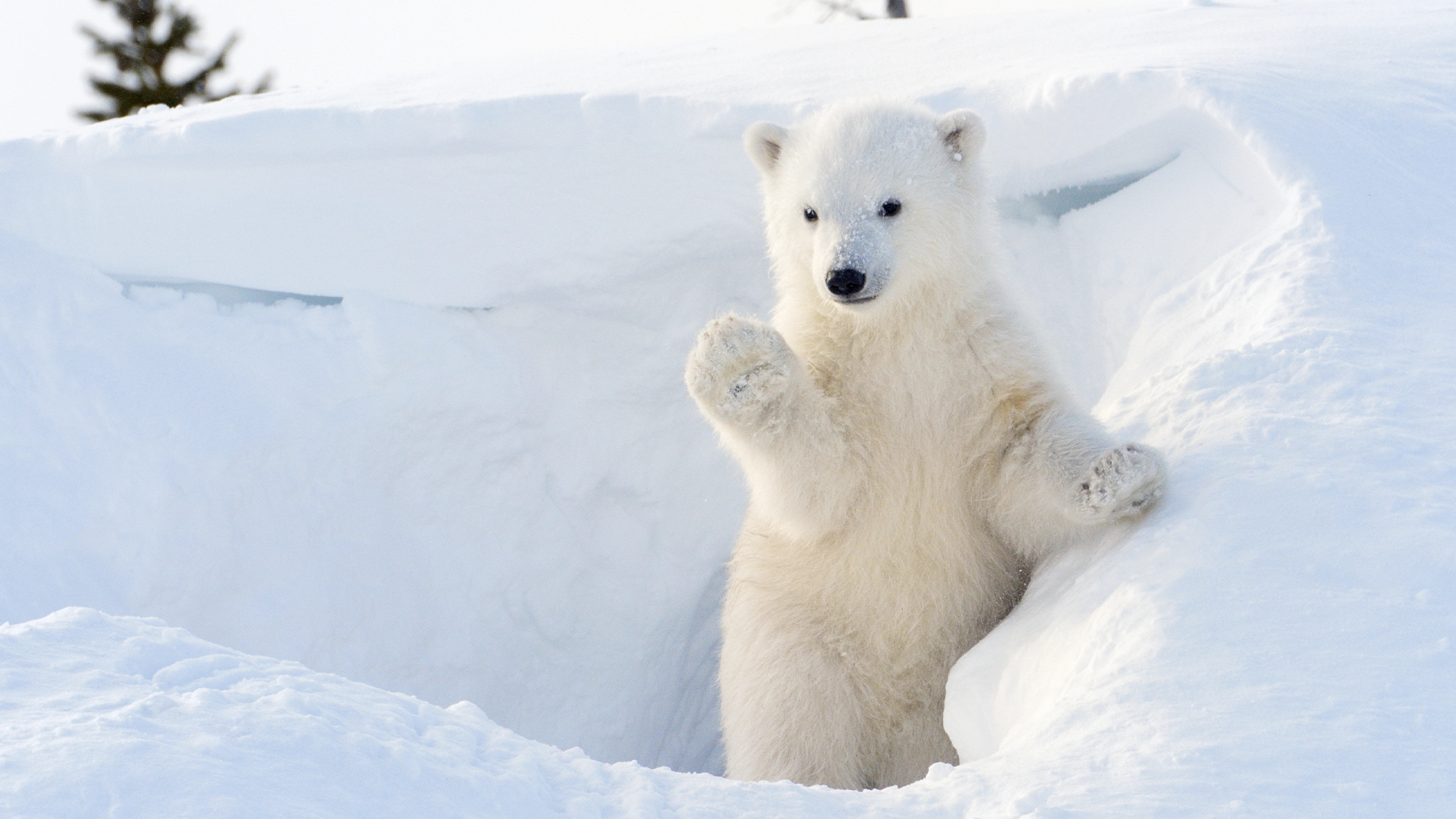

The Arctic is not the most hospitable place on Earth. Some Arctic animals like reindeer have several genetic adaptations to help them thrive there, and one of the region’s top predators is no exception. Scientists are piecing together when polar bears (Ursus maritimus) may have evolved some of the genes that separate them from brown bears (Ursus arctos). New genomic analysis reveals that they may have changed as recently as 70,000 years ago. The findings are detailed in a study published September 15 in the journal BMC Genomics.
Polar bears are very closely related to brown bears, but have numerous key adaptations that help them survive in extreme arctic conditions. They have two layers of fur to help them keep warm and dry. The first is a large downy layer that’s located right next to their skin. The other layer is made of longer hairs called guard hairs that act like a raincoat. Their fur’s signature bright white hue helps them camouflage. Polar bears can also digest high amounts of cholesterol from blubber without damaging their hearts. This helps them thrive while eating seals and even some whale species like belugas.
[Related: Jackrabbit’s color-changing fur may prepare them for climate change.]
Scientists believe that the polar bears and brown bears diverged fairly recently in evolutionary terms–within roughly the past one million years. Just how and when polar bears adapted to the Arctic is still debated.
In this study, a team analyzed the genomes of 119 modern polar bears, 135 modern brown bears, and two fossilized polar bears. One of the fossils was the Poolepynten jawbone from the Norwegian archipelago of Svalbard that dates back between 130,000 and 100,000 years ago. The other fossil was a juvenile polar bear skull nicknamed Bruno that was found in Alaska’s Beaufort Sea. Despite the name, Bruno was a female bear that lived somewhere between 100,000 and 70,000 years ago and its genome has helped scientists narrow in on this brown bear-polar bear divergence.

“We found some variants that may have been selected in the last ~70,000 years (i.e. they were not in the fossil polar bears),” study co-author and University of Copenhagen evolutionary biologist Michael Westbury tells Popular Science. “It was always assumed that when polar bears diverged from brown bears, they must have quickly adapted to the Arctic in one rapid evolutionary change. However, our results suggest that may have not been the case, and the adaptation to the Arctic was a more gradual process.”
The team compared these genomes to determine when seven key genes for Arctic adaptations had been selected. They found that for four of the genes (ABCC6, AIM1, COL5A3, and POLR1A), all of the polar bear genomes had the same DNA variant present. This is called a fixed allele, which is the only variant present for a specific gene within a population.
However, the brown bear genomes had multiple alleles. This suggests that these genes had already been selected for in some ancient polar bear ancestor, and polar bears had adaptations for Arctic life earlier in their evolution.
However, three of the genes–called APOB, LYST, and TTN–contained alleles that were fixed in the modern polar bear genomes, but not in the ancient ones. APOB, LYST, and TTN genes are related to cardiovascular functions. APOB and TTN are related to metabolism. APOB and LYST are related to pigmentation.
[Related: What an ancient jawbone reveals about polar bear evolution.]
The team believes that these genes may be associated with the adaptations that became necessary for polar bears to survive in more recent history, perhaps towards the end of the last ice age. It is also unclear if other arctic animals have similar adaptations on these genes that affect their fur color, heart health, and metabolism.
“I assume copies of these genes are found in most animals, but it may be the specific variants in the polar bear that allowed them to live in the Arctic,” says Westbury. “We did not look into whether any other Arctic animals had the same variants, but that would be interesting for a follow up study.”